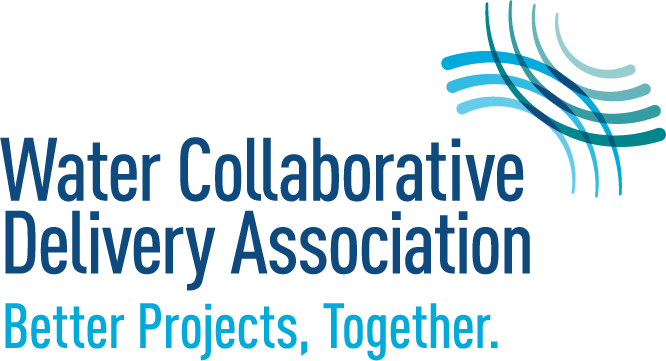With a rapid growth in population, the city of Thornton needed to replace its aging drinking water plant. It needed to be resilient and robust enough to meet water demands 365 days a year, including winter water temperatures of 4°C. It needed to be flexible enough to treat the multiple source waters Thornton has in its portfolio to Partnership for Safe Water standards. It also needed to have a robust taste and odor treatment system to mitigate algae-sourced challenges within Thornton’s raw water storage reservoirs. This was a key part as taste and odor were the biggest complaints of Thornton customers.
Progressive Design-Build
Wichita Water ASR II (KS)
The City of Wichita’s ability to obtain adequate drinking water was threatened because their main source of water had become depleted and vulnerable to saltwater intrusion. To improve both the quantity and quality of available drinking water for the region, the City...

Emporia Wastewater Treatment Plant Improvements (KS)
Burns & McDonnell and CAS Constructors—an Alberici Enterprise—provided the City of Emporia an integrated design-build team for the implementation of improvements necessary for the impending discharge permit requirements for effluent nitrogen (10.0 mg/L) and...
Chetolah Creek Water Reclamation and Reuse Facility Expansion (KS)
The original wastewater treatment facility in Hays, Kansas, was constructed in 1953 and several of the original processes and structures are still in use today. Upcoming changes to required effluent water quality drove a need to upgrade nearly all liquid and solids...
Nutrient Recovery Facility at Stickney Water Reclamation Plant (IL)
Black & Veatch effectively used the progressive design-build method to improve waterways in the largest nutrient recovery facility in the world.
Boynton Beach Ion Exchange Resin Plant & East Water Treatment Plant Improvements (FL)
With significant water supplies located on the western side of the city, Boynton Beach had the water it needed, but it needed to move that water from inland to the waterfront, treat it, and combine it with the water from the coastal aquifers.
Bush Brothers & Company Process Water Reclamation Facility (TN)
This project was a textbook example of how a PDB project should evolve, so there were no significant disputes. All challenges were handled in a way that achieved the best possible outcome for BB&C, the project, and the Brown and Caldwell/ Haskell JV.
